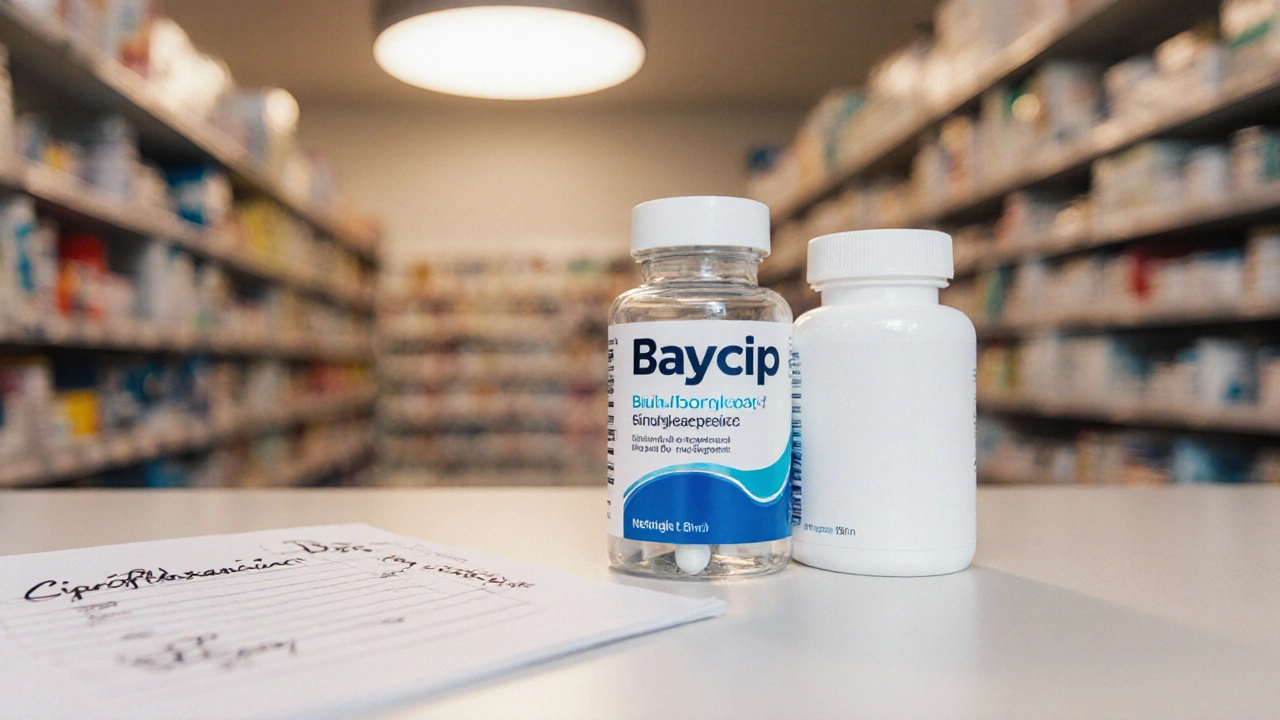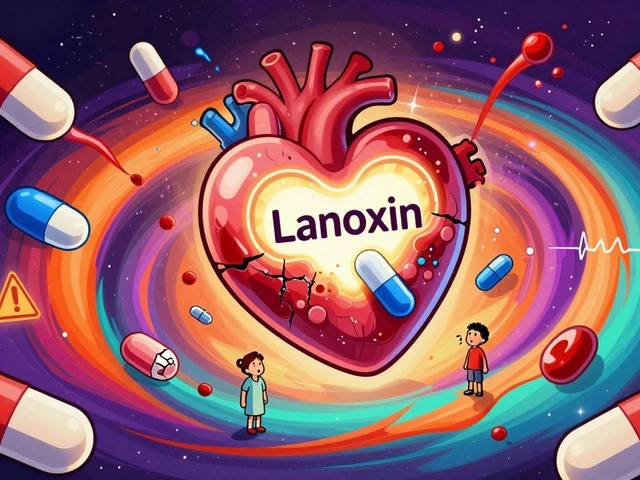Antibiotic Alternatives: Exploring Non‑Drug Options and Emerging Therapies
When talking about antibiotic alternatives, methods or substances used instead of traditional antibiotics to treat or prevent bacterial infections, you’re stepping into a fast‑growing field. Also known as non‑antibiotic treatments, they aim to sidestep the rising problem of resistance. For contrast, antibiotics, the classic drugs that kill or inhibit bacteria have saved countless lives, but overuse fuels superbugs. A newer contender, phage therapy, the use of viruses that specifically target bacteria, illustrates how alternatives can be both precise and safe.
Why You Should Care About Alternatives
Every time a prescription antibiotic is taken, a fraction of the bacteria in your body develop defenses. That process, called antimicrobial resistance, is a global health threat. Antibiotic alternatives give clinicians a toolbox to reduce that pressure. Natural antimicrobials like honey, oregano oil, and tea tree extract disrupt bacterial membranes without the broad‑kill effect of pills. Probiotics and prebiotics nurture a healthy microbiome, effectively crowding out harmful microbes and lowering infection risk. In short, antibiotic alternatives reduce reliance on drugs, preserve gut health, and keep resistant strains at bay.
These alternatives fall into three main buckets. First, biological agents such as phage therapy and bacteriocins directly attack pathogens while sparing beneficial bacteria. Second, microbiome modulators like probiotics, fermented foods, and stool transplants restore balance, making infections less likely. Third, plant‑derived compounds (essential oils, herbal extracts, and certain minerals) provide broad‑spectrum antimicrobial activity. Each category interacts with the others – for example, a probiotic regimen can enhance the effectiveness of a targeted phage cocktail, showing that phage therapy works best when combined with microbiome support.
Choosing the right alternative isn’t a one‑size‑fits‑all decision. Safety profiles differ: phage therapy is highly specific but may require lab‑grown mixtures, while essential oils can cause skin irritation if misused. Cost and accessibility also matter; over‑the‑counter probiotics are cheap, whereas customized phage treatments might need a specialist prescription. Always check with a healthcare professional, especially if you have chronic conditions or are pregnant. Remember, the goal is to complement, not replace, proven medical advice.
Below you’ll find a curated collection of articles that dive deep into specific comparisons – from Acamprosate versus its non‑antibiotic peers to natural remedies for chronic diarrhea. These pieces illustrate how the principles discussed here play out in real‑world treatment choices, giving you practical insights you can apply the next time you or a loved one faces an infection.
Baycip (Ciprofloxacin) vs Alternatives: A Practical Comparison
A detailed side‑by‑side look at Baycip (ciprofloxacin) versus common alternatives, covering effectiveness, safety, cost and how to choose the right antibiotic in Australia.





